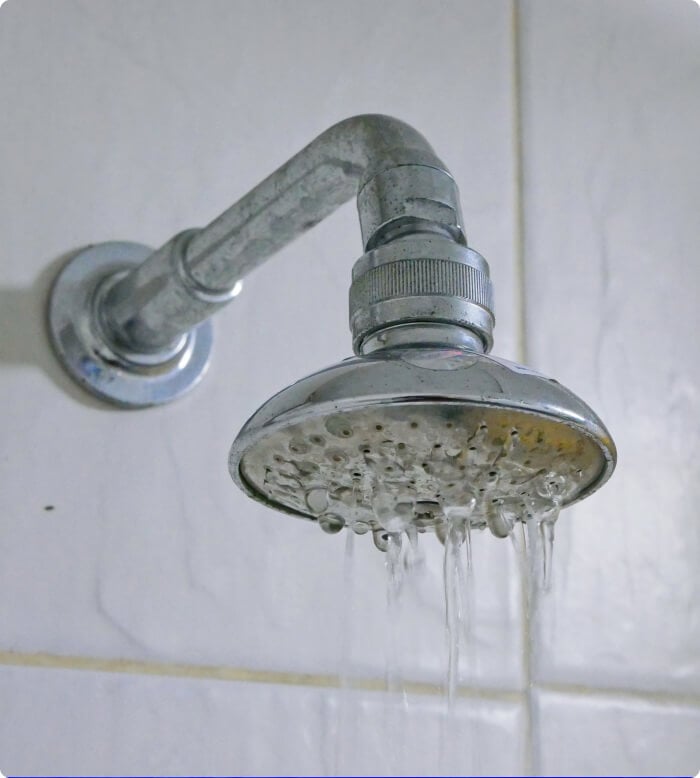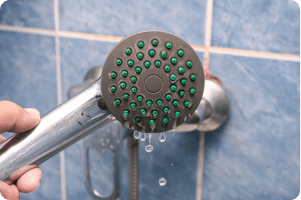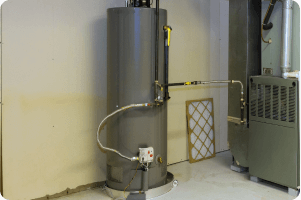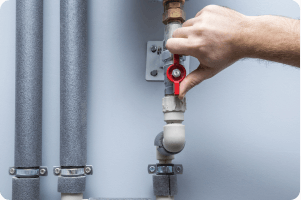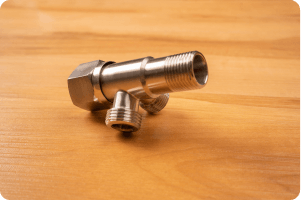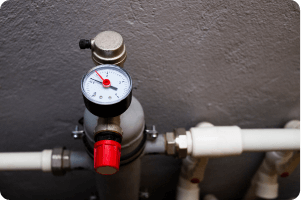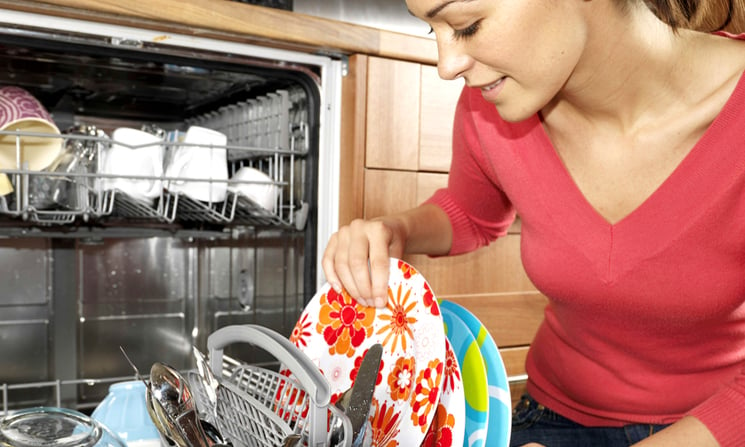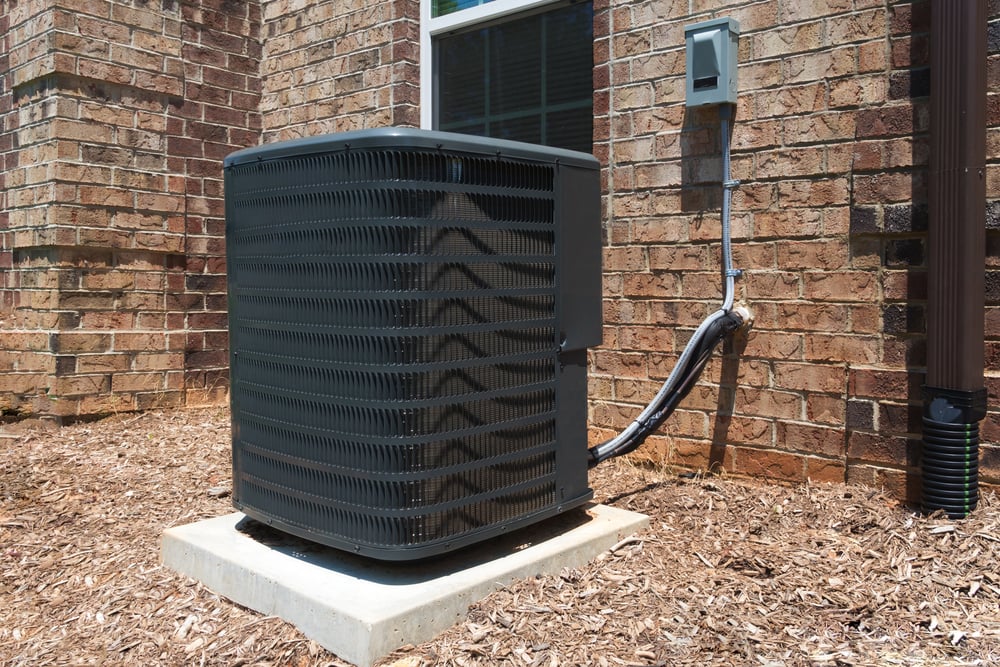2. Check the Showerhead For Clogs
Water can carry minerals like calcium, magnesium, lime, and silica that can gradually build up and clog your showerhead, reducing water pressure.
If only your shower is experiencing low flow, the showerhead could be clogged. Remove the showerhead and turn the water on. Do you have a good flow now? If so, the shower head is the culprit. Either install a new one or clean it as below.
To give your low water pressure showerhead a quick, scrub-free clean, soak the head in a bag or bowl of vinegar overnight, taking special care to cover the nozzles in vinegar. The vinegar will remove those mineral deposits while you sleep!
If you find any remaining sediment in the nozzles after removing the showerhead from the vinegar, use a tool like a safety pin or needle to clear it out.
